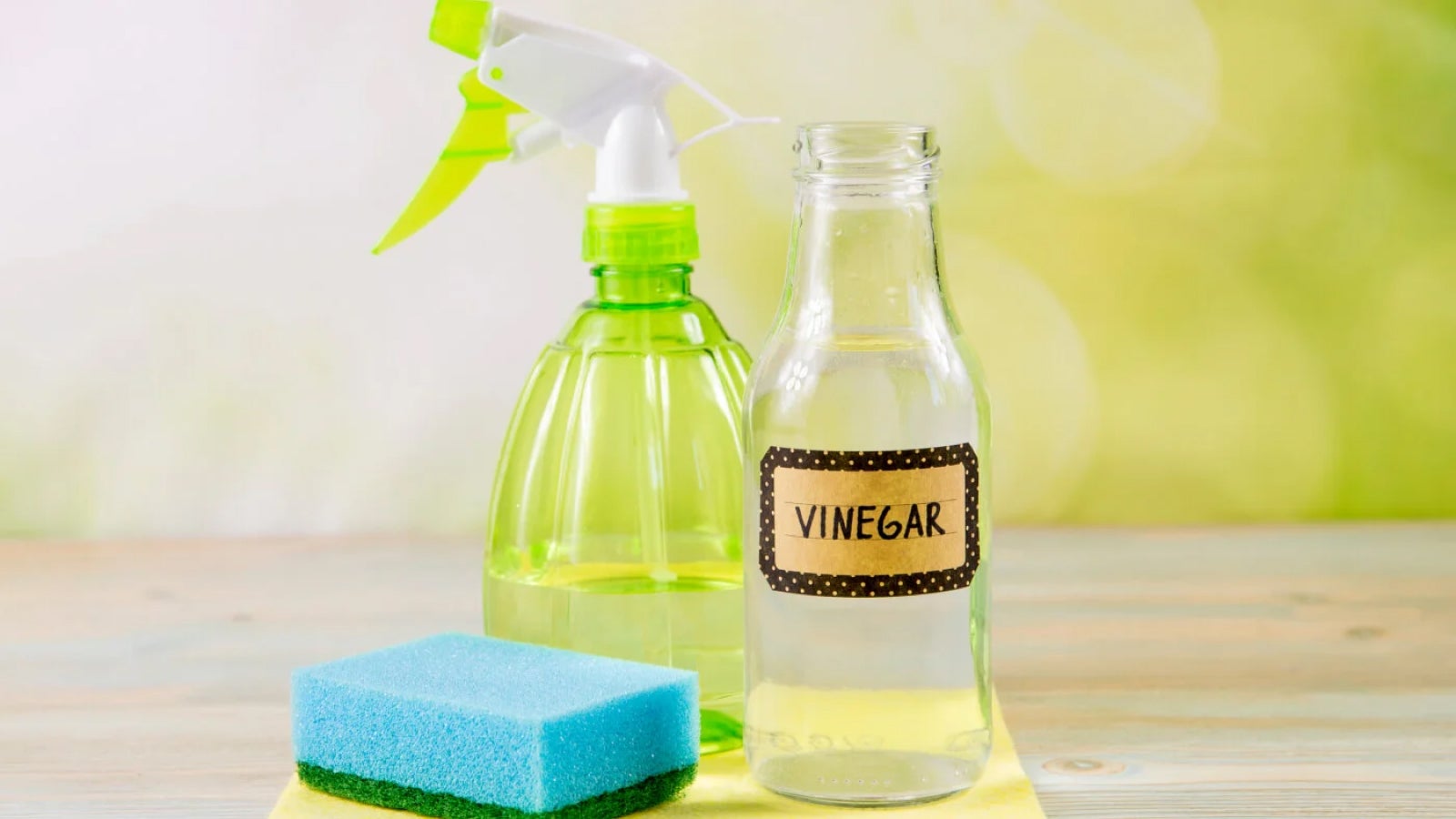Natural DIY Solutions for Floors
Did you know you can make your own cleaning solutions using common pantry supplies? There are countless recipes for DIY cleaners, some better than others, and some safer than others. Here’s a simple guide to making your own, and a few things to consider when matching cleaning solutions to your household needs.
Remember, ALWAYS use caution when making cleaners at home, and NEVER attempt to mix store-bought solutions. The recipes listed here only require vinegar, water, flour and salt.
Homemade Vinegar DIY Cleaning Solutions
One of the more popular foundations for DIY cleaners is a 1-to-1 solution of distilled (or filtered) water and distilled white vinegar. While not a disinfectant, this simple hack can help you tackle many common stains on many household surfaces.
For tougher stains, you’ll want to increase the vinegar-to-water ratio, or skip the water completely. Just remember to use caution, especially around children and pets. Straight distilled vinegar is acidic enough to irritate skin, even burn sensitive tissues in and around the nose, mouth and eyes.
Need a more abrasive cleaner? Try mixing vinegar, flour and salt. This DIY cleaning paste is typically used to scrub metal, as it can scratch, dull or damage delicate surfaces.
Keep in mind, these vinegar solutions are simple, gentle surface cleaners. They cannot be used to sanitize or disinfect, as they don’t effectively kill germs or viruses.
What’s the difference between cleaning, sanitization and disinfection?
You can grade these three terms on a scale of germ-killing effectiveness. Conventional cleaning is simply the physical removal of dust and dirt, which can help to decrease the amount of germy mess on a surface. Sanitization goes a step further by decreasing, but not necessarily eliminating, some types of bacteria. Disinfection involves the actual killing or elimination of both bacteria and viruses, which can help to lower the risk of spreading germs via surfaces.
Does vinegar disinfect floors?
No, vinegar does not sanitize or disinfect, and DIY cleaners using vinegar don’t have approval from the Environmental Protection Agency (EPA) for effectiveness to disinfect floors. To disinfect any surface, you’ll want to use products that have been approved by the EPA, such as Pine-Sol® Original.
When to use homemade cleaning solutions?
If germs and viruses aren’t a concern, and an appropriate cleaner isn’t readily available, a simple vinegar solution can help you in a pinch. Just know that vinegar is not an approved disinfectant, and cannot help to prevent the spread of viruses and bacteria on household surfaces.
What is the best cleaning solution?
There is no simple answer here, as different messes require different solutions. For a powerful, disinfecting cleaner that works on most household surfaces, we recommend Pine-Sol® Original. It’s a powerful cleaner that kills 99.9% of germs including Salmonella enterica, Staphylococcus aureus, Influenza A virus and Covid-19 Virus*. And if you don’t already know, it smells amazing.
* SARS-CoV-2 on hard, nonporous surfaces

With a concentrated formula that is 2X as strong* to last 2X as long*, you can use less for the same great clean.
*vs. unconcentrated Pine-Sol Multi-Surface Cleaner.
| concentrated formula | Unconcentrated formula |
|---|---|
| ¼ cup in 2 gallons water | ½ cup in 2 gallons water |
| ⅛ cup in 1 gallon water | ¼ cup in 1 gallon water |
| ¹⁄₁₆ cup or 1 tablespoon in ½ gallon water | ⅛ cup in ½ gallon water |
-
2X concentratedTackle more messes per bottle.*
formula* -
5x cleaningOdor, grease, grime, dirt & allergens.**
action -
removes 99% of allergensNon-living dust mite matter and pet dander.
- *vs. unconcentrated Pine-Sol Multi-Surface Cleaner.
- ** Non-living dust mite matter and pet dander.




